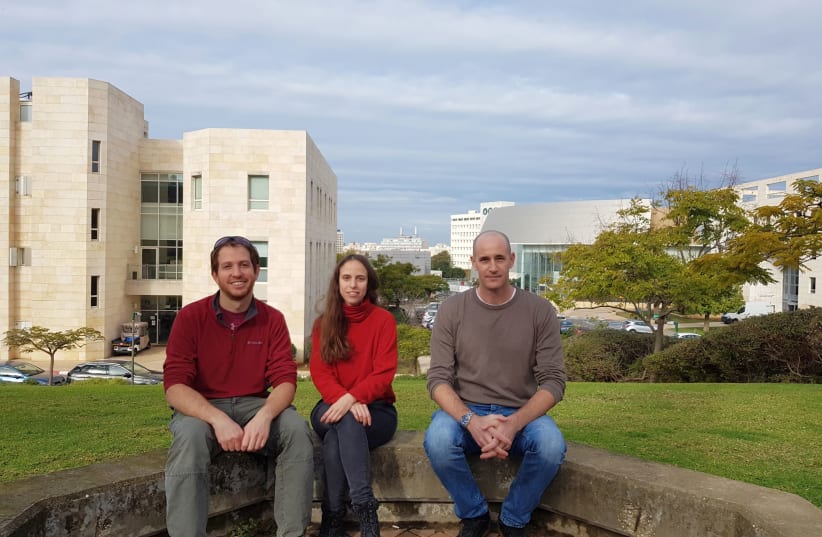TAU team controls terahertz waves to better detect cavities, explosives
The team’s discovery could lead to the development of novel methods of non-destructive analysis in arenas ranging from medicine to security, including identifying dental caries or explosive devices.

